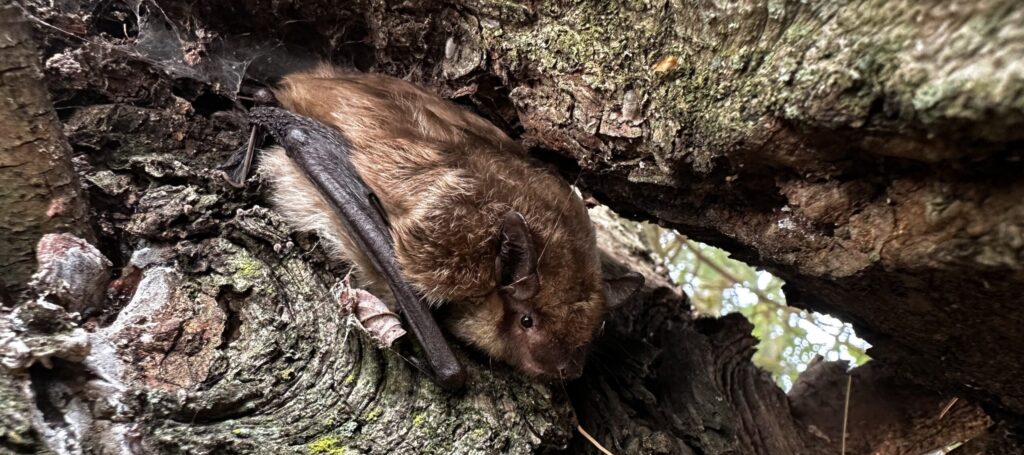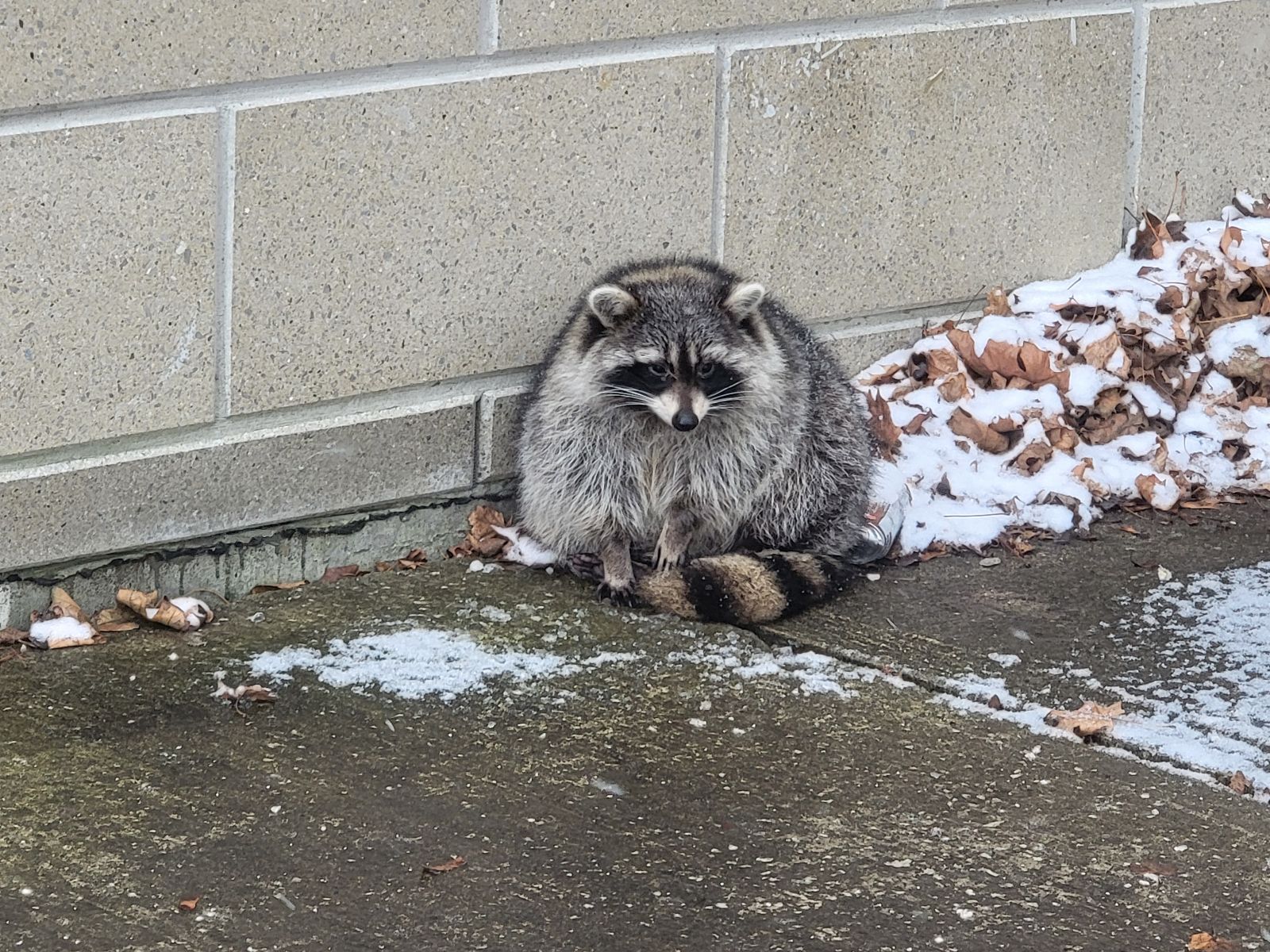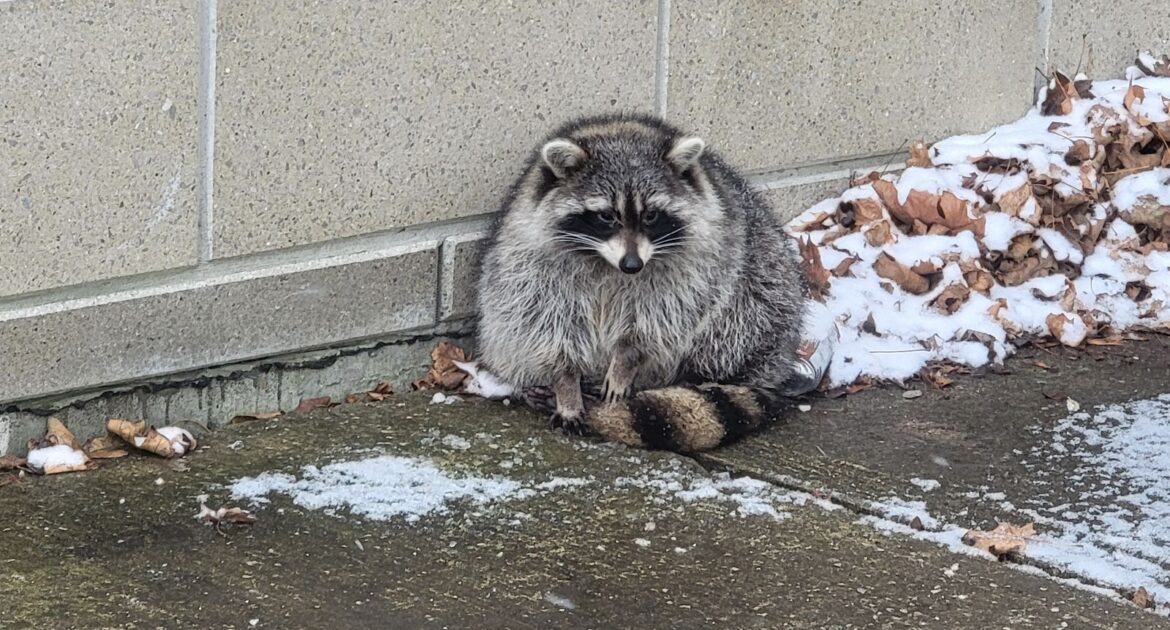Rabies Outbreak in Hamilton Back in 2016 Reaches 33 Cases
Back in 2016, an outbreak of raccoon rabies significantly impacted the Hamilton area. By February of that year, the total number of confirmed cases had risen to 33.
Eight additional cases were confirmed in early February 2016, as noted on the City of Hamilton’s page at the time. Of those cases, four were found in Glanbrook, one in Ancaster, one in lower-east Hamilton, one in lower Stoney Creek, and one in upper Stoney Creek.
It’s important to note, however, that while the confirmations were dated February 3, 2016, Chris Davies from the Ministry of Natural Resources and Forestry (MNRF) explained that these reflect the dates of official confirmation, not the actual discovery of the infected animals. Many of the cases were discovered in December 2015 and January 2016.
The outbreak had been escalating rapidly at the start of 2016. Within just the previous month, 20 new cases of raccoon rabies had been confirmed in the Hamilton region, including 10 that were verified on January 26, 2016. Despite the increased numbers, wildlife experts decided against increasing baiting efforts during the winter of that year. Davies, who led wildlife research efforts for the ministry then, clarified that raccoons wouldn’t actively feed in winter conditions, making baiting ineffective at that time.
Origins of the 2016 Rabies Outbreak
The outbreak itself began in early December 2015 under unusual circumstances. A captured raccoon managed to get into a fight with two bullmastiffs inside an animal services truck. Both dogs were immediately placed into quarantine, where they remained throughout the outbreak period for monitoring.
While raccoon rabies was the focus of the outbreak in Hamilton, another isolated case of fox rabies was confirmed in the Stratford area around the same time. Importantly, Davies emphasized that this was a different strain of the virus and unrelated to the raccoon rabies outbreak affecting Hamilton.

Actions and Reporting
In 2016, authorities provided stringent guidelines for managing the outbreak. Residents were warned to report any wildlife—including raccoons, skunks, and foxes—exhibiting strange or abnormal behaviour. Reports were directed to the Ministry of Natural Resources and Forestry Rabies Hotline, which was operating at 1-888-574-6656 during the outbreak.
The events of 2016 serve as a significant reminder of the challenges posed by wildlife rabies outbreaks and highlight steps that can help mitigate such risks in the future.
Rabies in Hamilton: 8 Years After the Outbreak – Progress and Persistent Risks
Since Hamilton’s first raccoon rabies case in 2015 sparked a public health crisis, Skedaddle Humane Wildlife Control has been proud to play a key role in protecting both residents and wildlife. As a Hamilton-founded company trusted since 1989, we’ve worked alongside the city to balance aggressive containment efforts with humane wildlife management[3][1].
At Skedaddle, every job prioritizes homeowner safety while ensuring animals are treated with care. Our three-step process—assess and remove, clear and clean, prevent and protect —relocates wildlife without harm and uses permanent exclusion techniques, like sealing entry points, to prevent re-infestations and minimize human-animal contact[3]. This approach has been critical in mitigating rabies risks and has made us a trusted partner in Hamilton’s rabies control strategy.
Even as raccoon rabies cases have dropped from over 200 annually in 2016 to just 1–2 a year, bats remain a persistent concern. Outbreaks like the 2024 bat rabies case in August[2] and the tragic human rabies death in nearby Brantford in September—Ontario’s first since 1967[5]—are sobering reminders of the ongoing risks.
Through our commitment to ethical wildlife management and public safety, Skedaddle continues to support Hamilton in its fight against rabies. Here’s a closer look at the city’s rabies landscape in 2024:
Current Statistics: A Declining Trend, but Persistent Cases
- Total confirmed raccoon rabies cases since 2015: 330 animals (215 raccoons, 112 skunks, 1 fox, 2 cats).[1]
- 2024 cases: As of August 2024, no new raccoon rabies cases have been reported in Hamilton this year, though bat rabies remains a concern[2].
- Human impact: A tragic milestone occurred in 2024 with Ontario’s first human rabies death since 1967, linked to a bat exposure in Brantford[5].
Progress Since 2016
Wildlife Control Success
- Mass oral vaccination campaigns distributed over 1.6 million vaccine baits between 2015–2017, reducing raccoon and skunk cases by 90%.
- Enhanced surveillance programs detected spillover into skunks and cats early, enabling targeted responses.
Domestic Animal Protection
- Low-cost vaccination clinics in 2016–2017 vaccinated **472 pets**, including 169 previously unvaccinated animals[4].
- Ongoing partnerships with veterinarians ensure accessible rabies shots, critical for pets exposed to wildlife.
Public Awareness
- The “Rabies is Real” campaign reached millions through billboards, social media, and clinics, emphasizing reporting sick animals and vaccinating pets.

Ongoing Challenges in 2024
Bat Rabies: A Silent Threat
- Bats remain a consistent source of rabies, with cases reported almost annually. Hamilton confirmed its first bat rabies case of 2024 in August, leading to one human exposure[2].
- Nearly all human rabies cases in Canada since 2015 stem from bats, highlighting the need for caution[2].
Urban Wildlife Risks
- While raccoon rabies cases have declined, the virus persists in wildlife. Stray cats and unvaccinated pets remain at risk of exposure.
Human Case Tragedy
- The 2024 death of a Brantford-area child from bat rabies underscores the lethal consequences of delayed post-exposure treatment[5]. Health officials stress immediate medical care after any bat contact[5].
What Residents Can Do in 2024
- Vaccinate pets: Ensure dogs and cats are up-to-date on rabies shots—legally required in Ontario[4].
- Avoid wildlife: Report sick or dead animals to Hamilton Animal Services (905-546-2489).
- Bat-proof homes: Seal entry points in attics, chimneys, and eaves[2].
- Seek treatment immediately: Wash wounds from animal bites/scratches with soap and water, then contact healthcare providers[5].
Skedaddle’s Role in Rabies Prevention
- Humane Removal: Live relocation avoids separating wildlife families, minimizing stressed animals (a rabies transmission risk)[3].
- Exclusion Expertise: Post-removal, technicians seal attics, chimneys, and vents with durable materials, preventing bats and raccoons from nesting near humans[3].
- Public Education: Skedaddle partners with Hamilton Public Health to promote rabies awareness, including low-cost pet clinics and bat-proofing workshops[3].
Example: In 2021, Skedaddle excluded pigeons from the Hamilton GO Centre, preventing droppings near commuters—a model for reducing wildlife-human contact[3].
The Takeaway
Hamilton’s raccoon rabies outbreak, once a crisis with 200+ cases in 2016, is now under control thanks to vaccination and surveillance. However, the 2024 human rabies death and steady bat cases remind us that **vigilance remains critical**. By keeping pets vaccinated, avoiding wildlife, and acting swiftly after exposures, residents can protect themselves and help eliminate rabies in the long term.
If you’re dealing with a wildlife problem around your home or business, our Skedaddle team is here to help, and we’re only a call away. Don’t delay—removing the risk as soon as possible is the best way to ensure everyone’s safety.
For real-time updates, visit Hamilton’s rabies webpage.
FAQ’s
What caused the 2016 rabies outbreak in Hamilton?
The 2016 rabies outbreak in Hamilton began in December 2015 when a raccoon, unknowingly infected, fought with two dogs inside an animal services truck. This unusual incident triggered a rapid spread of raccoon rabies in the region, with 33 confirmed cases by early 2016.
How has Hamilton managed to reduce raccoon rabies cases?
Hamilton has seen a 90% drop in raccoon rabies cases thanks to aggressive containment measures, including widespread baiting programs, public awareness campaigns, and collaboration between city officials, public health authorities, and experts like Skedaddle Humane Wildlife Control. These efforts have minimized the spread of the disease while ensuring humane wildlife management.
Are bats still a rabies concern in Hamilton?
Yes, bats continue to pose a significant rabies risk in Hamilton. Unlike raccoons, bat rabies cases remain persistent, as seen in the 2024 incident and the tragic human rabies death in nearby Brantford. Residents are advised to avoid handling bats and report any unusual behaviour to local wildlife or public health authorities.
What should Hamilton residents do to protect themselves from rabies?
Residents can protect themselves by vaccinating pets, avoiding direct contact with wildlife, and securing their homes against animal entry. If you encounter wildlife behaving strangely, report it immediately to local authorities. Companies like Skedaddle also offer humane wildlife removal and exclusion services to minimize risks.
Citations:
[1] Government of Ontario. Rabies. Updated: May 15, 2024. https://www.ontario.ca/page/rabies
[2] Nathan Fung. Hamilton confirms first case of bat rabies of 2024. Last Updated: August 11, 2024. CBC News. https://www.cbc.ca/news/canada/hamilton/bat-rabies-hamilton-2024-1.7291687
[3] Skedaddle Humane Wildlife Control. https://www.skedaddlewildlife.com/location/hamilton/
[4] City of Hamilton Launches New Rabies Awareness Campaign. Date modified: 2023-03-07.
City of Hamilton. https://www.hamilton.ca/city-council/news-notices/news-releases/city-hamilton-launches-new-rabies-awareness-campaign
[5] Samantha Beattie. Brantford, Ont.-area child dies from rabies after contact with a bat, health official says. October 3, 2024 CBC News. https://www.cbc.ca/news/canada/hamilton/rabies-death-1.7341335




